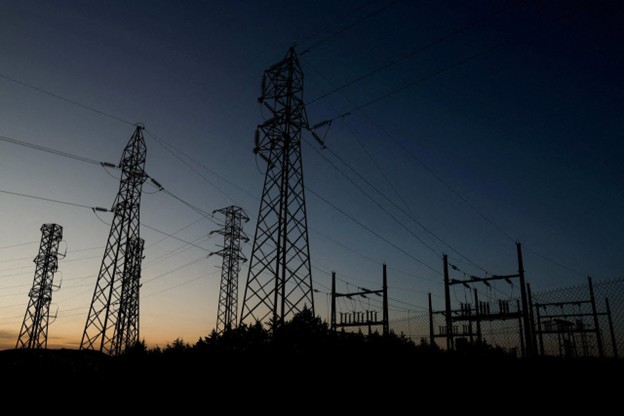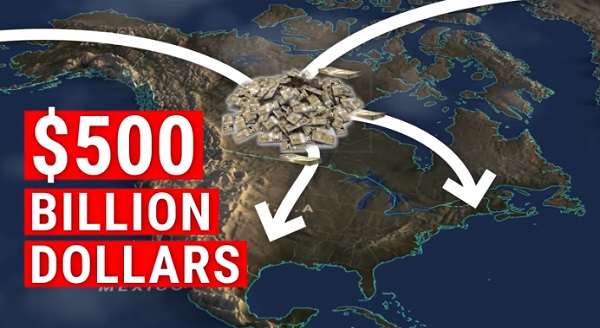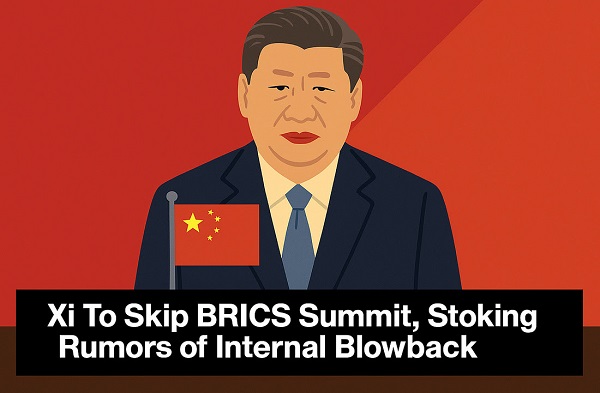Fraser Institute
Other countries with universal health care don’t have Canada’s long wait times

From the Fraser Institute
By Mackenzie Moir and Bacchus Barua
Unfortunately it’s now very common to see stories about how long provincial wait times for medical care are driving patients to seek care elsewhere, often at great personal cost. Take the recent case of the Milburns in Manitoba who, after waiting years for a knee surgery, are now considering selling their home and moving to Alberta just to get on a potentially shorter public wait list.
Patients in Manitoba could expect to wait a median of 29 weeks to see an orthopedic specialist after a referral from a family physician, then they still faced a median 24.4 week wait to get treatment. In other words, the total typical wait for orthopedic surgery in the province is more than one year at 53.4 weeks. Remember, that’s a median measure, which means some patients wait much longer.
Unfortunately, the Milburns are unlikely to get more timely care on the public wait list in Alberta. At 64.1 weeks, the total median wait for orthopedic care in Alberta was actually longer than in Manitoba. And this doesn’t include the time it takes for provincial coverage to activate for a new provincial resident, or the time it will take to find a new family doctor and get the necessary tests, scans and referrals.
To get more timely care, the Milburns are left with unenviable options. Because they’re insured by Manitoba’s public health-care plan, paying for covered care out of pocket is restricted. They can, however, pay for and receive care privately in other provinces as uninsured visitors (i.e. not move there permanently). Specifically, certain provinces have “exemptions” that allow physicians to charge out-of-province patients directly to provide these procedures privately.
Alternatively, the Milburns could leave Canada and travel even further from home to receive timely care abroad.
But it doesn’t have to be this way.
Long wait times are not the necessary price Canadians must pay for universal coverage. In fact, Canada is one of 30 high-income countries with universal health care. Other countries such as Switzerland, the Netherlands, Germany and Australia have much shorter wait times. For example, only 62 per cent of Canadians reported access to non-emergency surgery in less than four months in 2020 compared to 99 per cent of Germans, 94 per cent of Swiss and 72 per cent of Australians.
The difference? These countries approach health care in a fundamentally different way than us. One notable difference is their attitude towards the private sector.
In Germany, patients can seek private care while still insured by the public system or can opt out and purchase regulated private coverage. These approaches (universal, privately paid or privately insured) are able to deliver rapid access to care. The Swiss simply mandate that patients purchase private insurance in a regulated-but-competitive marketplace as part of their universal scheme. Lower-income families receive a subsidy so they can participate on a more equal footing in the competitive marketplace to obtain the insurance that best fits their needs.
Perhaps the most direct comparator to Canada is Australia—not just geographically, but because it also primarily relies on a tax-funded universal health-care system. However, unlike Canada, individuals can purchase private insurance to cover (among other things) care received as a private patient in a public or private hospital, or simply pay for their private care directly if they choose. In 2021/22 more than two-thirds (70 per cent) of non-emergency admissions to a hospital involving surgery (both publicly and privately funded) took place in a private facility.
Of course, these faster-access countries share other differences in attitudes to universal health-care policy including requirements to share the cost of care for patients and funding hospitals on the basis of activity (instead of Canada’s outdated bureaucratically-determined budgets). A crucial difference, however, is that patients are not generally prevented from paying privately for health care in their home province (or canton or state) in any of these countries.
Without fundamental reform, and as provincial systems continue to struggle to provide basic non-emergency care, we’ll continue to see more stories like the Milburn’s. Without reform, many Canadians will continue to be forced to make similarly absurd decisions to get the care they need, rather than focusing on treatment and recovery.
Authors:
Business
Massive government child-care plan wreaking havoc across Ontario

From the Fraser Institute
By Matthew Lau
It’s now more than four years since the federal Liberal government pledged $30 billion in spending over five years for $10-per-day national child care, and more than three years since Ontario’s Progressive Conservative government signed a $13.2 billion deal with the federal government to deliver this child-care plan.
Not surprisingly, with massive government funding came massive government control. While demand for child care has increased due to the government subsidies and lower out-of-pocket costs for parents, the plan significantly restricts how child-care centres operate (including what items participating centres may purchase), and crucially, caps the proportion of government funds available to private for-profit providers.
What have families and taxpayers got for this enormous government effort? Widespread child-care shortages across Ontario.
For example, according to the City of Ottawa, the number of children (aged 0 to 5 years) on child-care waitlists has ballooned by more than 300 per cent since 2019, there are significant disparities in affordable child-care access “with nearly half of neighbourhoods underserved, and limited access in suburban and rural areas,” and families face “significantly higher” costs for before-and-after-school care for school-age children.
In addition, Ottawa families find the system “complex and difficult to navigate” and “fewer child care options exist for children with special needs.” And while 42 per cent of surveyed parents need flexible child care (weekends, evenings, part-time care), only one per cent of child-care centres offer these flexible options. These are clearly not encouraging statistics, and show that a government-knows-best approach does not properly anticipate the diverse needs of diverse families.
Moreover, according to the Peel Region’s 2025 pre-budget submission to the federal government (essentially, a list of asks and recommendations), it “has maximized its for-profit allocation, leaving 1,460 for-profit spaces on a waitlist.” In other words, families can’t access $10-per-day child care—the central promise of the plan—because the government has capped the number of for-profit centres.
Similarly, according to Halton Region’s pre-budget submission to the provincial government, “no additional families can be supported with affordable child care” because, under current provincial rules, government funding can only be used to reduce child-care fees for families already in the program.
And according to a March 2025 Oxford County report, the municipality is experiencing a shortage of child-care staff and access challenges for low-income families and children with special needs. The report includes a grim bureaucratic predication that “provincial expansion targets do not reflect anticipated child care demand.”
Child-care access is also a problem provincewide. In Stratford, which has a population of roughly 33,000, the municipal government reports that more than 1,000 children are on a child-care waitlist. Similarly in Port Colborne (population 20,000), the city’s chief administrative officer told city council in April 2025 there were almost 500 children on daycare waitlists at the beginning of the school term. As of the end of last year, Guelph and Wellington County reportedly had a total of 2,569 full-day child-care spaces for children up to age four, versus a waitlist of 4,559 children—in other words, nearly two times as many children on a waitlist compared to the number of child-care spaces.
More examples. In Prince Edward County, population around 26,000, there are more than 400 children waitlisted for licensed daycare. In Kawartha Lakes and Haliburton County, the child-care waitlist is about 1,500 children long and the average wait time is four years. And in St. Mary’s, there are more than 600 children waitlisted for child care, but in recent years town staff have only been able to move 25 to 30 children off the wait list annually.
The numbers speak for themselves. Massive government spending and control over child care has created havoc for Ontario families and made child-care access worse. This cannot be a surprise. Quebec’s child-care system has been largely government controlled for decades, with poor results. Why would Ontario be any different? And how long will Premier Ford allow this debacle to continue before he asks the new prime minister to rethink the child-care policy of his predecessor?
Business
Municipal government per-person spending in Canada hit near record levels
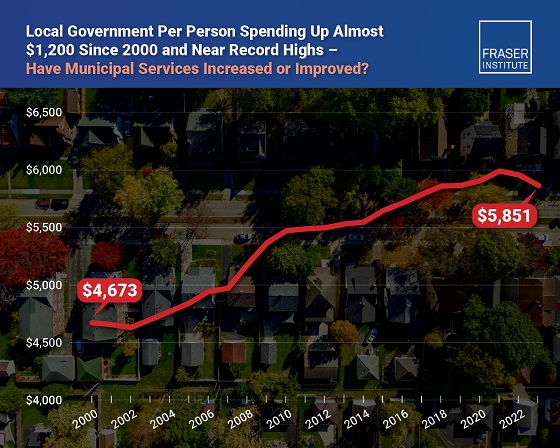
From the Fraser Institute
Municipal government spending in Canada hit near record levels in recent years, finds a new study by the Fraser Institute, an independent, non-partisan Canadian public policy think-tank.
“In light of record-high spending in municipalities across Canada, residents should consider whether or not crime, homelessness, public transit and other services have actually improved,” said Austin Thompson, senior policy analyst at the Fraser Institute and author of The Expanding Finances of Local Governments in Canada.
From 2000 to 2023, per-person spending (inflation-adjusted) increased by 25.2 per cent, reaching a record-high $5,974 per person in 2021 before declining slightly to $5,851 in 2023, the latest year of available data.
During that same period, municipal government revenue—generated from property taxes and transfers from other levels of government—increased by 33.7 per cent per person (inflation-adjusted).
And yet, among all three levels of government including federal and provincial, municipal government spending (adjusted for inflation) has actually experienced the slowest rate of growth over the last 10 years, underscoring the large spikes in spending at all government levels across Canada.
“Despite claims from municipal policymakers about their dire financial positions, Canadians should understand the true state of finances at city hall so they can decide whether they’re getting good value for their money,” said Jake Fuss, director of fiscal studies at the Fraser Institute.
The Expanding Finances of Local Governments in Canada, 1990–2023
- Canada’s local governments have experienced substantial fiscal growth in recent decades.
- Revenue and expenditure by local governments—including municipal governments, school boards, and Indigenous governments—have increased faster than population growth and inflation combined. From 1990 to 2023, real per-capita revenue rose by 32.7%, and expenditure by 30.0%.
- Local governments represent a significant component of Canada’s broader public sector. In 2023, net of inter-governmental transfers, municipal governments and school boards accounted for 18.6% of total government expenditure and 11.1% of revenue.
- Despite this growth, local governments’ share of overall government revenue and expenditure has declined over time—especially since the COVID-19 pandemic—as federal and provincial budgets have expanded even more rapidly.
- Nevertheless, between 2008 and 2023 the inflation-adjusted per-capita revenue of municipal governments in-creased by 10.1% and their expenditure by 12.4% , on average across the provinces.
- Over the same period, municipal governments recorded above-inflation increases in their combined annual operating surpluses, which contributed to an 88.1% inflation-adjusted rise in their net worth—raising important questions about the allocation of accumulated resources.
- In 2023, Ontario recorded the highest per-capita municipal revenue among the provinces ($4,156), while Alberta had the highest per-capita expenditure ($3,750). Prince Edward Island reported the lowest per-capita municipal revenue ($1,635) and expenditure ($1,186).
- Wide variation in per-capita municipal revenue and expenditure across the provinces reflects differences in the responsibilities provinces assign to municipalities, as well as possible disparities in the efficiency of service delivery—issues that warrant further scrutiny.
Click Here To Read The Full Study
-

 Brownstone Institute2 days ago
Brownstone Institute2 days agoFDA Exposed: Hundreds of Drugs Approved without Proof They Work
-
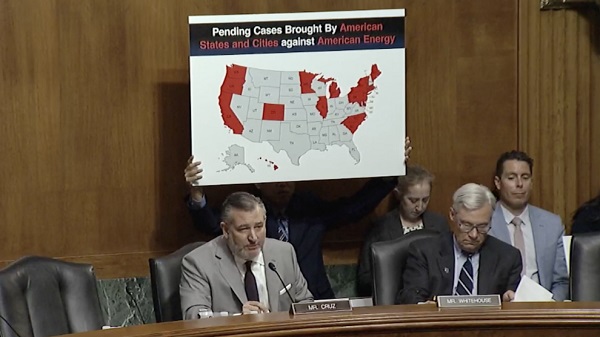
 Energy1 day ago
Energy1 day agoChina undermining American energy independence, report says
-
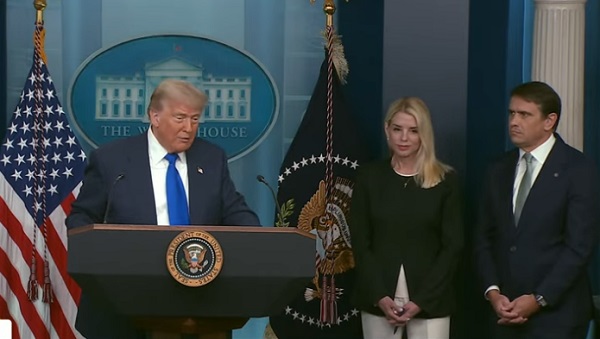
 Business1 day ago
Business1 day agoTrump on Canada tariff deadline: ‘We can do whatever we want’
-
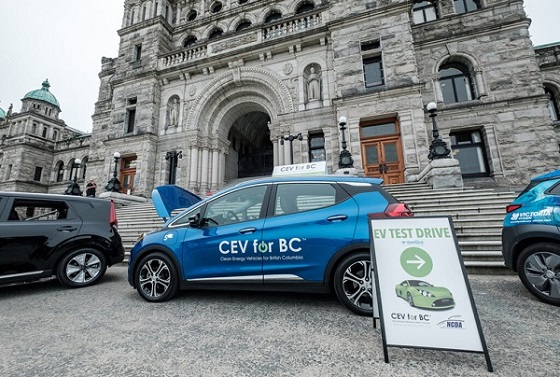
 Automotive1 day ago
Automotive1 day agoElectric vehicle sales are falling hard in BC, and it is time to recognize reality.
-
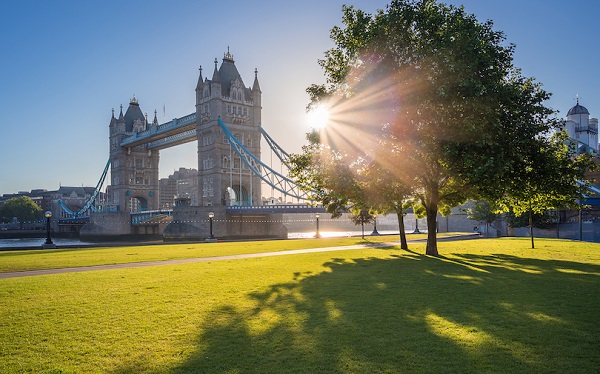
 Business1 day ago
Business1 day agoEurope backs off greenwashing rules — Canada should take note
-

 Automotive1 day ago
Automotive1 day agoPower Struggle: Electric vehicles and reality
-

 Business11 hours ago
Business11 hours agoCanada Caves: Carney ditches digital services tax after criticism from Trump
-

 Alberta4 hours ago
Alberta4 hours agoAlberta judge sides with LGBT activists, allows ‘gender transitions’ for kids to continue


